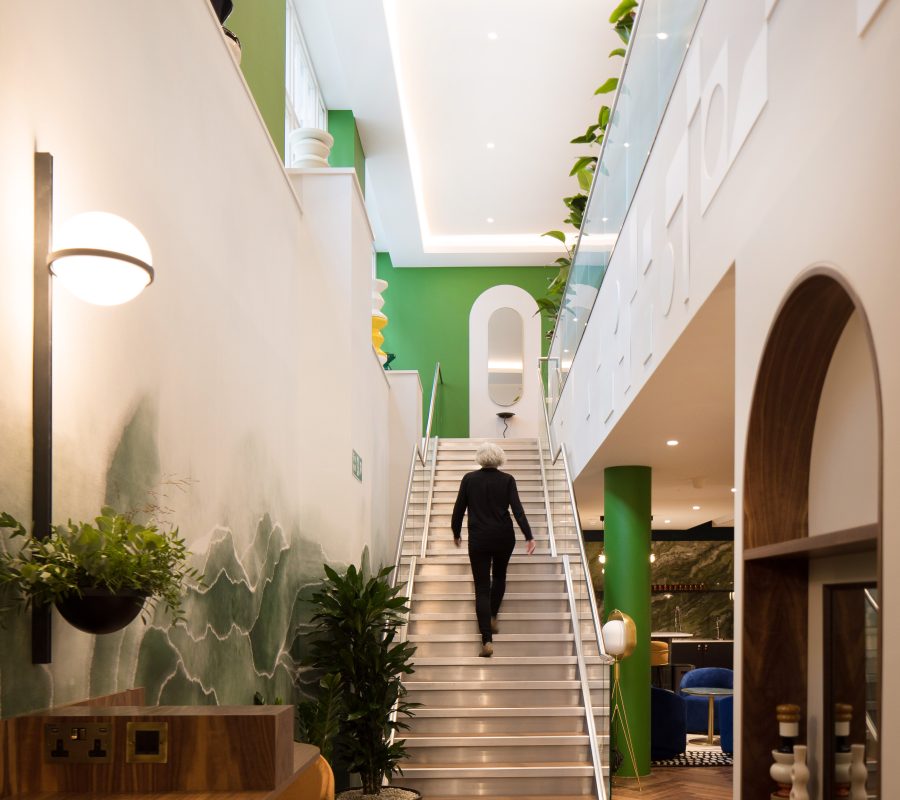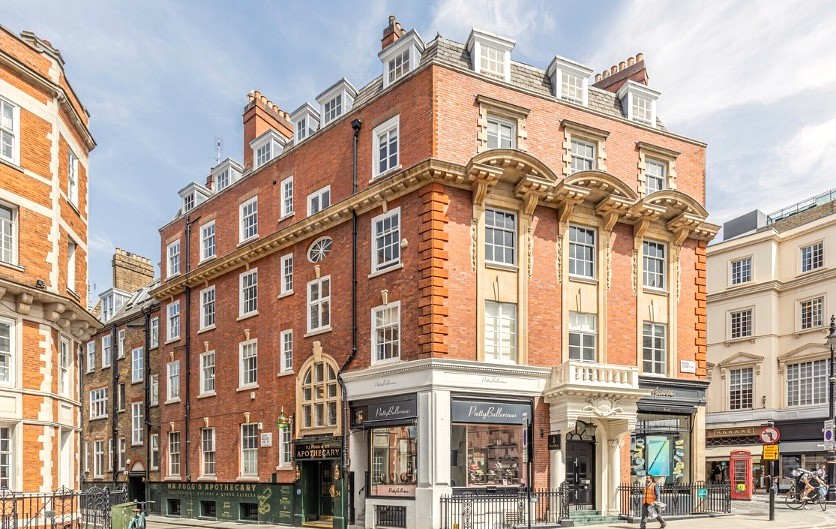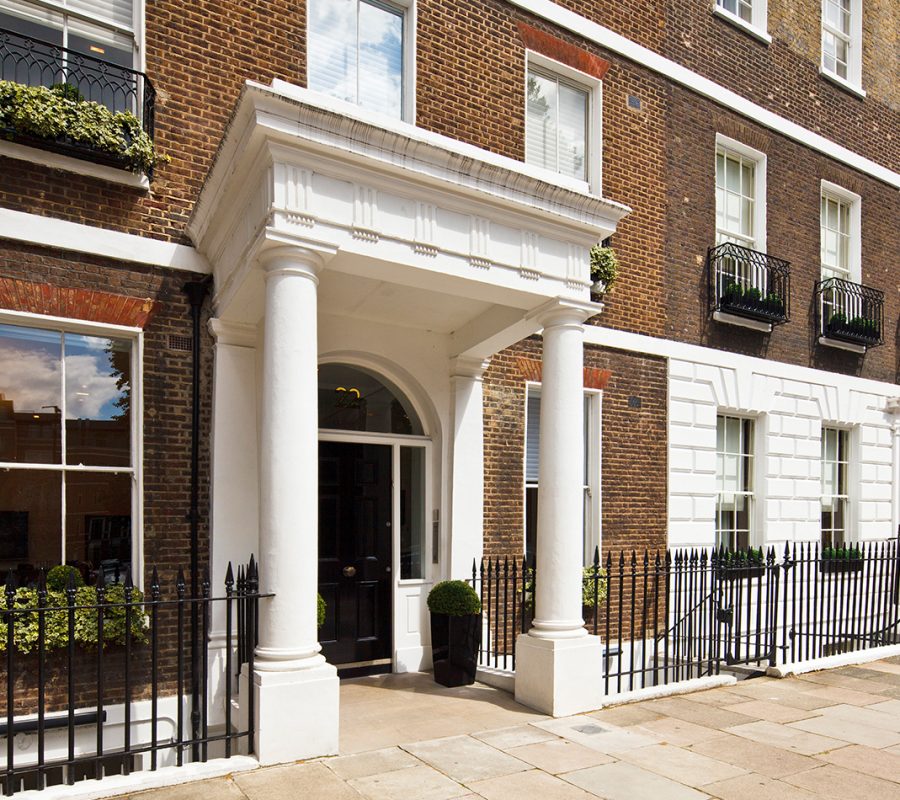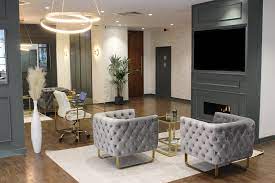Location:Marble Arch
Marble Arch Office Space
Marble Arch is the name given to the area surrounding the Grade I-listed triumphal arch. The Central London area has no established institutions or parishes, but being granted an underground tube station bearing its name qualifies Marble Arch as an ‘area’ in its own right, with residential and commercial premises, including office space, incorporating within their addresses for centuries.
The Marble Arch area and sub-market can be generally defined as locations within view of the arch, including parts of Marylebone and other locations within the City of Westminster, including Mayfair and St George’s Fields.
The arch was completed in 1833 and was designated the state entrance to the cour d’honneur of Buckingham Palace. However, it was moved in 1850 when Queen Victoria required more room for her growing family and extended the palace by creating a new wing (now the public balcony’s location).
The marble-faced arch, which John Nash designed – the favoured architect of King George IV and who takes credit for the design of much of Buckingham Palace, was moved to Tyburn to be used as the gate to the route to the Great Exhibition of All Nations, instead.
The international exhibition, which took place in Hyde Park from May to October 1851, was the first in a series of World’s Fairs — the exhibitions of culture and industry that became popular in the 19th century.
The event was organised by Queen Vitoria’s husband, Prince Albert. It was attended by celebrities of the time, including Lewis Carroll, Charles Darwin, Charles Dickens, Michael Faraday, Karl Marx, and Alfred Tennyson. The event was sponsored by Schweppes, the world’s first soft drink launched in 1783.
At the event, a plumber installed public toilets for attendees, the first time such a concept had been used. They cost one penny to use, which is where the expression ‘to spend a penny’ derives.
The arch also stands close to the former site of the Tyburn gallows, a place of public execution from 1388 until 1793. It is understood that on its journey from the prison at Old Bailey to Tyburn, the carriage would stop at several public houses. In these, locals would buy the ill-fated passengers a drink before they were taken to the next public house, which is believed to be the origin of the expression ‘One for the road’.
With its historic associations with entrepreneurship and commerce and its highly sought-after location overlooking Hyde Park and within walking distance of some of the finest amenities in the world, including restaurants, shops, and hotels such as The Beaumont, The Cumberland Hotel and Grosvenor House London, it is of no surprise that an eclectic variety of businesses ranging from super-prime real estate agents to television companies choose to rent office space in Marble Arch.
In addition to office space that can be occupied through a conventional lease, a growing number of flexible office and workspace options offer agile alternatives.
These include private serviced offices, managed offices and co-working spaces that can be held on relatively short-term licences and grant the option for extensions.
These business spaces are fully fitted and ready to occupy. The monthly all-inclusive rental fees cover rent, utilities, enterprise-grade IT, cleaning and other enhanced services such as reception, business administration and concierge services.
These licences are flexible by nature, allowing a business to seamlessly move into a larger office suite as needs dictate. Many suites can satisfy requirements for space for 50+ desks, and as they are plug-and-play spaces, there are little or no upfront capital costs when taking occupation.
As well as first-class amenities, Marble Arch office space occupiers enjoy excellent transport links. The area immediately around the arch forms a major road junction connecting Oxford Street to the east, Park Lane to the south, Bayswater Road to the west, and Edgware Road to the northwest. Rail and underground services can also be found at stations within easy walking distance, including Bond Street, Edgeware Road, Green Park, Hyde Park Corner, Lancaster Gate, Marble Arch, Oxford Circus and Paddington.




